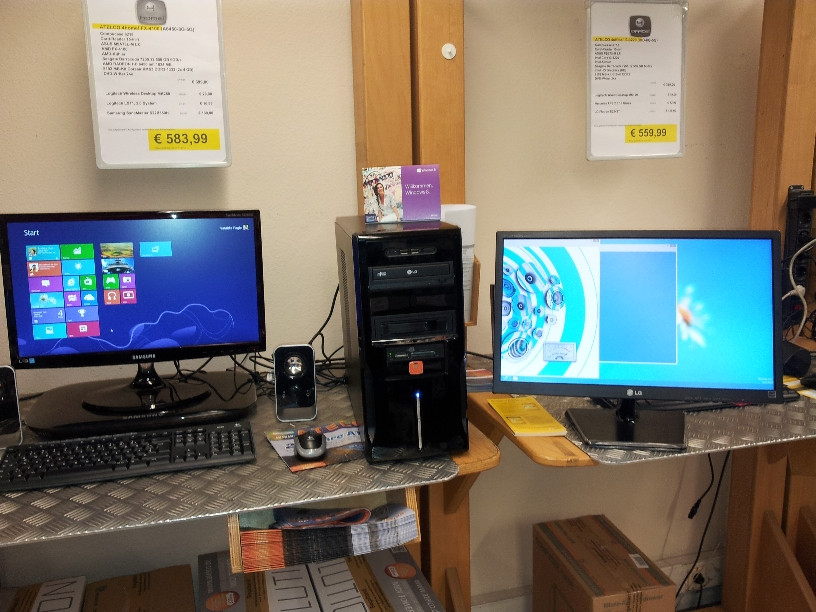I'm referring to Jakob Nielsen's alertbox from November 19, 2012. He complains about the lack of windows in Windows 8:
Lack of Multiple Windows = Memory Overload for Complex Tasks
One of the worst aspects of Windows 8 for power users is that the product's very name has become a misnomer. "Windows" no longer supports multiple windows on the screen. ... the main UI restricts users to a single window, so the product ought to be renamed "Microsoft Window."
The single-window strategy works well on tablets and is required on a small phone screen. But with a big monitor and dozens of applications and websites running simultaneously, a high-end PC user definitely benefits from the ability to see multiple windows at the same time. Indeed, the most important web use cases involve collecting, comparing, and choosing among several web pages, and such tasks are much easier with several windows when you have the screen space to see many things at once.
When users can't view several windows simultaneously, they must keep information from one window in short-term memory while they activate another window.
I personally disagree with the opinion, that users really want to see multiple windows at once. Of course at the taskbar of my Windows 7 there are many active applications, documents and websites. But I use them all full-screen mode and just switch between them in the taskbar.
The only case when I drag two half sized windows next to each other is for example if I want to compare two versions the same document or if I want to move files in windows explorer.
However, to my mind for collecting and choosing information on the web, multiple windows are just confusing. Is there an explanation for Nielsen's statement? Are there any usability studies on the use and potential benefits of multiple windows? When the first windows version was published, it was a great benefit to work with multiple applications at all (multi-tasking). But I doubt, that it is a great benefit to distribute lots of small windows on your screen...














